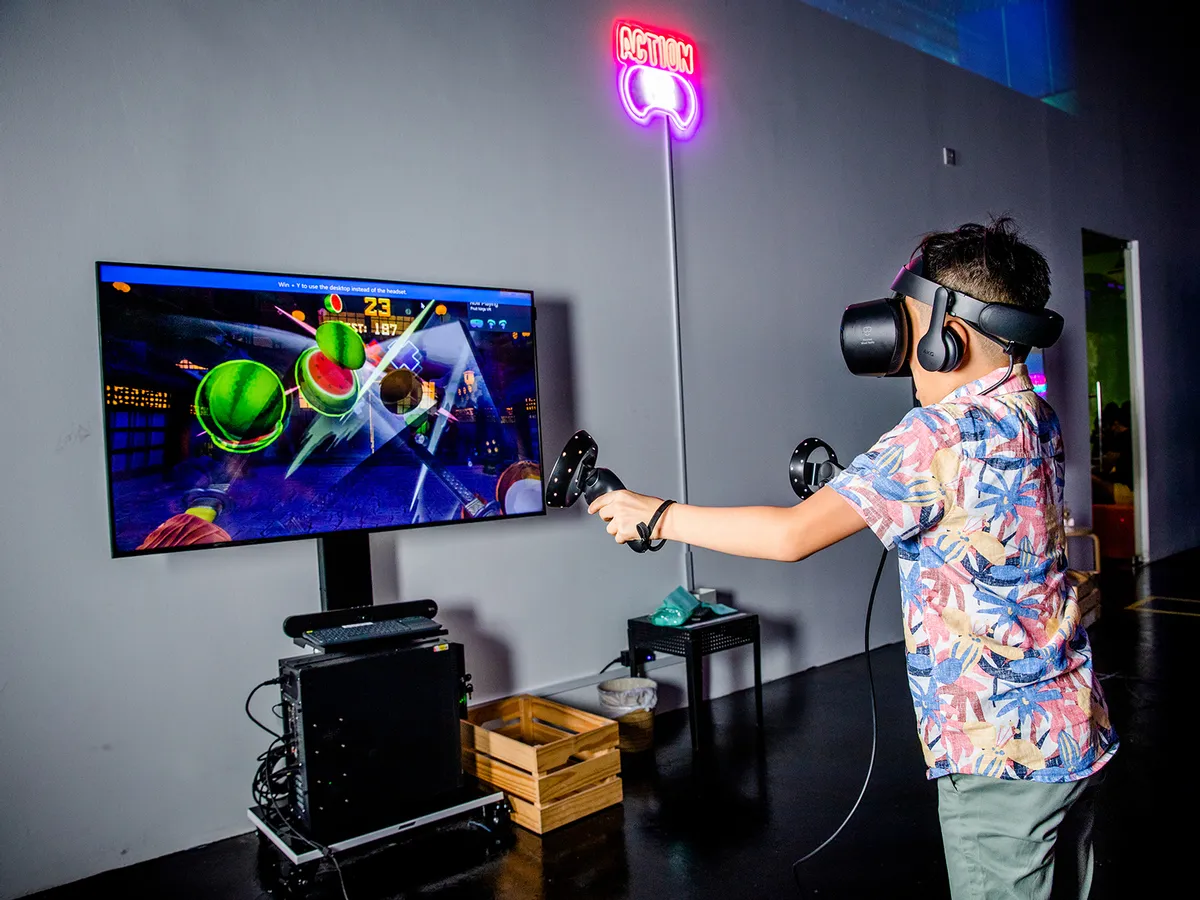When the dynamics of the game fit into a single screen

There’s a special kind of focus that arrives when the match, the numbers, and the story live in one frame. No tab-hopping, no second device, no frantic search for context – just a single view that shows who’s pressing, who’s tiring, and where the next moment will break. When the screen is laid out well, your brain stops wasting energy on navigation and spends it on meaning. You read the field faster, you feel the tempo shifts earlier, and you stop overreacting to noise. One rectangle becomes a lens: the pitch or court, the score tick, the clock, the key changes – subs, new bowler, tactical tweak – quietly stitched into the same sightline.
From clutter to clarity: how design teaches discipline
Good match design doesn’t scream. It guides. A clean scoreboard sits where your eyes rest first; the most recent event glows for a breath then steps back; the mini-map or wagon wheel explains pressure without stealing the scene. The pay-off is mental rhythm. You glance, you grasp, you relax. Your head clears enough to spot threads that matter: a field spread that dares the single, a full-back who’s stopped overlapping, a raider who keeps drawing the same weak shoulder. The more you see, the less you chase. That’s the quiet skill of a single-screen flow – it trains attention without lectures.
The small grammar of momentum
Every sport has a grammar you can learn. In cricket, it’s dot-ball clusters, strike rotation, a run-rate line that rises on twos rather than just sixes. In football, it’s three recoveries in the same channel, a midfield that stops turning on the half-space, a winger who checks shorter each time. In kabaddi, it’s the count to all-out and the tackle type a defense reaches for when nerves creep in. Put that grammar into one view and patterns jump out before highlights catch up. You stop judging by cheers alone and start judging by shape. That’s when the screen stops being a feed and becomes a teacher.
Big nights deserve a light, reliable path for schedules, lines, and quick checks that won’t drag you out of the moment. Many fans keep one neutral pointer near the top of their routine so they don’t wander through noisy links when the match heats up. If cricket is your main stage, a compact hub like cricketx parimatch sits well inside that habit: open, check what matters, close, and return to the play. The goal isn’t to add another app to babysit; it’s to keep your attention on the game while having context one tap away.
Less tapping, better reading
The promise of a single screen is fewer decisions about where to look and more clarity about what you’re seeing. A good interface makes the last event conspicuous but not clingy; gives you two or three secondary views – form graph, field map, player workload – that you can summon without losing your place; and lets you dismiss anything you don’t need. When you remove friction, you remove temptation to chase. You don’t need to refresh three windows to feel informed; you need one calm picture that lets the game breathe. That calm scales: from a chai stall to a commute to a living room watch party.
Reading pace instead of riding hype
Hype is loud; pace is honest. On a tidy screen, pace is visible enough to trust. You’ll see that a pair of tidy twos and a hard-run three can swing control more than a single wild boundary; that a press that wins throw-ins isn’t pressure unless it turns into shots on target; that a raider who burns a review to save a bonus has revealed what the next two raids will try. All of that is easier to judge when the interface doesn’t make you work for the next number. The fewer taps between you and the evidence, the more likely you are to wait an extra phase and make a cooler call.
Keeping attention (and battery) for the final stretch
The late overs and the last minutes are where phones, minds, and patience all fade at once. A single-screen setup helps conserve all three. Bigger type saves squinting. Dark mode and restrained animation save battery. Smart alerts – only for real changes – save your nerves. The best designs even accept weak signal with grace: they cache the last state, show you what’s pending, and recover without kicking you out. You stay present enough to enjoy the finish, whether you’re on a bus, in a hostel common room, or wedged into a noisy family TV corner.
One screen, one habit
A clean view encourages clean habits. Decide when you’ll look (start of over, end of over; start of raid cycle, end of cycle). Decide what you’ll ignore (mid-over taps, rumor spikes). Decide how you’ll stop (after the next phase, not the next thrill). The screen can support this with gentle pacing: small fade-ins for events, a soft highlight on the clock at phase boundaries, and a history tray you can swipe to revisit without leaving live play. The point isn’t to turn sport into spreadsheets; it’s to give drama a frame that keeps you steady.
The poetry of a well-made rectangle
There’s a reason a single view feels almost lyrical on the right night. It holds opposites together – rush and restraint, hope and caution, noise and sense – and lets you switch between them without breaking attention. That’s what makes it addictive, and oddly humane. It respects your time enough to stop shouting. It respects the game enough to show shape, not just sparks. And it respects the simple fact that life doesn’t pause while a match runs – you still need space to walk, pay, text, breathe.
What to carry forward
Keep one hub for context, one view for the live story, and one rule for your own head. When the match compresses into a single screen that you trust, you’ll notice how much easier it is to be a better fan: quicker to see, slower to rush, happier to let the game decide instead of the feed. That’s the magic you were feeling at the tea stall or in the train seat – the sense that the whole night fits, not because it’s small, but because the screen is finally honest enough to show it.






